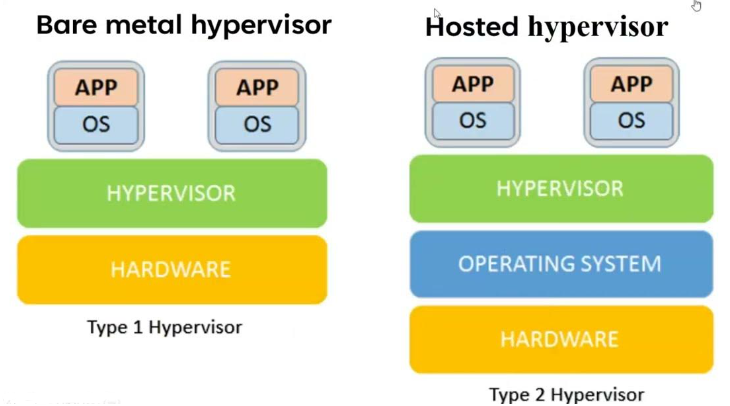What is Virtualization?
 Abhay Dixit
Abhay DixitTable of contents

Virtualization is a game-changing technology that has transformed the landscape of computing. It allows for the efficient utilization of server resources, reduces capital and operational expenditure, and provides a more flexible and scalable computing environment. In this article, we will delve into the concept of virtualization, its historical context, the solutions it offers, and the role of hypervisors.
Virtualization is the process of creating a virtual (rather than physical) version of something, such as a server, storage device, network, or even an operating system. In the context of computing, it involves running multiple virtual machines (VMs) on a single physical server, each of which operates as if it were an independent physical machine.
Life Before Virtualization
Before the advent of virtualization, computing faced several challenges:
One Service-One Server (Isolation): Each application or service typically runs on a dedicated physical server, resulting in isolation and underutilization of resources.
Overprovisioned: To ensure performance and reliability, organizations often overprovisioned hardware, leading to inefficient resource allocation.
Server Resources Underutilization: Many servers operated at low resource utilization levels, wasting capacity and energy.
Huge Capital and Operations Expenditure: The need for numerous physical servers drove up capital and operational costs.
Solution
The emergence of virtualization, with VMWare leading the way, brought about transformative changes:
Allows One Computer to Run Multiple OS: Virtualization enables a single physical server to run multiple operating systems simultaneously.
Partition Physical Resources: Server hardware resources like CPU, memory, and storage are divided into virtual compartments, each allocated to a specific VM.
Virtual Machines Run in Isolated Environments: VMs operate independently and do not interfere with one another, providing security and stability.
Each VM Needs Its OS: Each virtual machine typically has its operating system, allowing diverse workloads to coexist on the same physical hardware.
Hypervisor
The key to virtualization is the hypervisor, which serves as the manager for multiple virtual machines and allows for resource sharing and isolation. There are two main types of hypervisors:
Bare-Metal Hypervisor: Installed directly on the physical hardware, it has direct control over the server's resources. Examples include VMware vSphere and Microsoft Hyper-V.
Hosted Hypervisor: Installed on top of an existing operating system, it relies on the host OS for resource management. Examples include Oracle VirtualBox and VMware Workstation.

The hypervisor plays a critical role in virtualization, as it enables multiple VMs to run on a single physical server, efficiently utilizing resources and improving scalability.
Conclusion
Virtualization has revolutionized the world of computing by enabling the efficient use of server resources, reducing costs, and providing a more flexible and scalable environment. With the advent of hypervisors, such as bare-metal and hosted types, virtualization has become an integral part of modern data centers, enabling businesses to optimize their IT infrastructure and meet the ever-evolving demands of the digital age.
Subscribe to my newsletter
Read articles from Abhay Dixit directly inside your inbox. Subscribe to the newsletter, and don't miss out.
Written by
